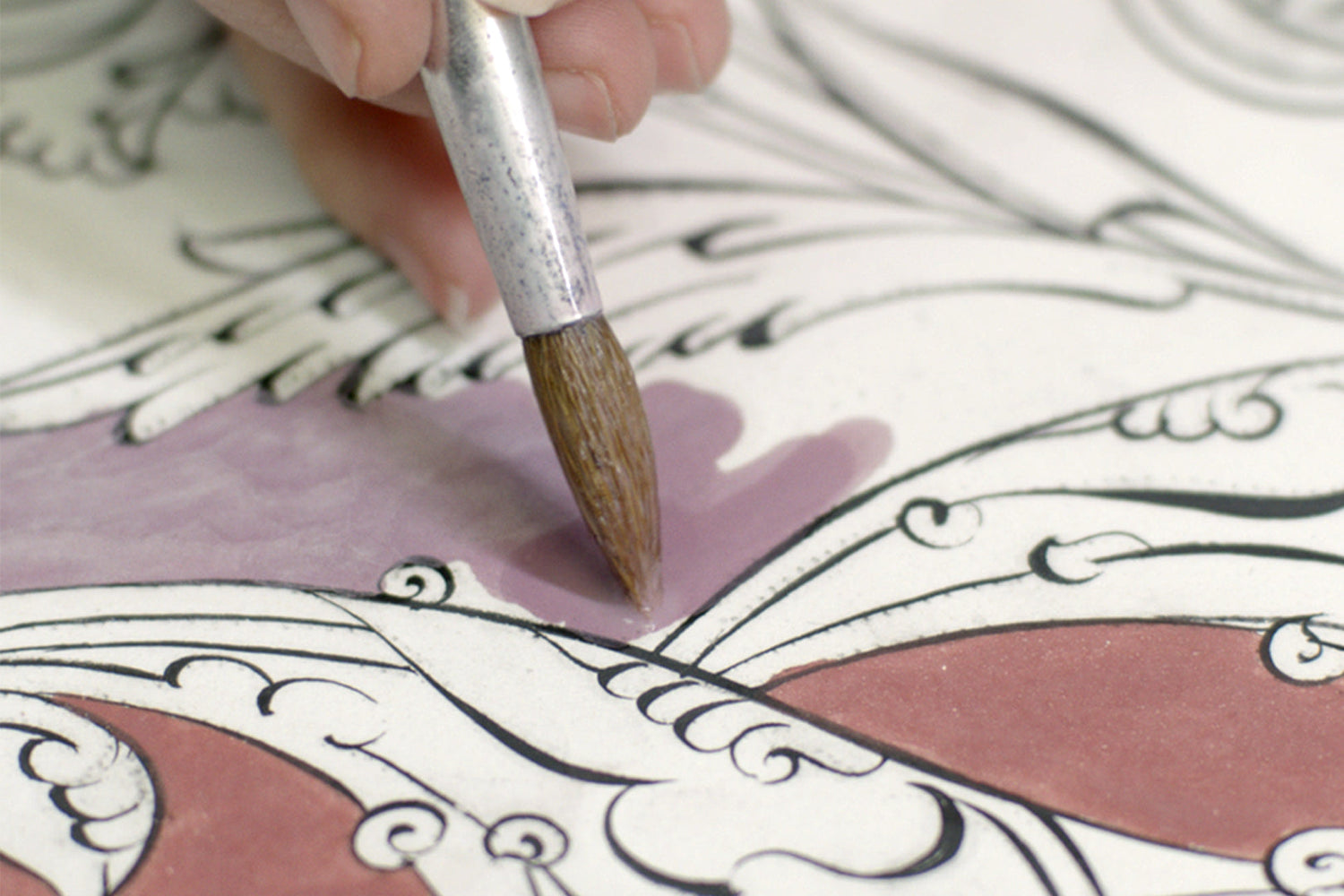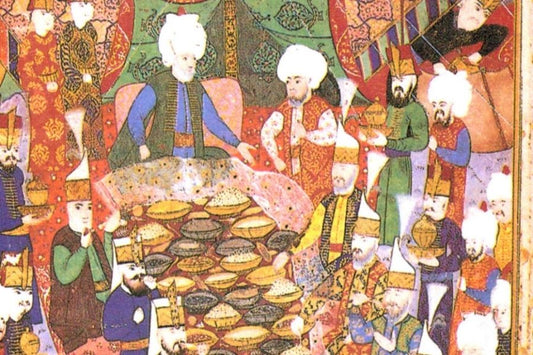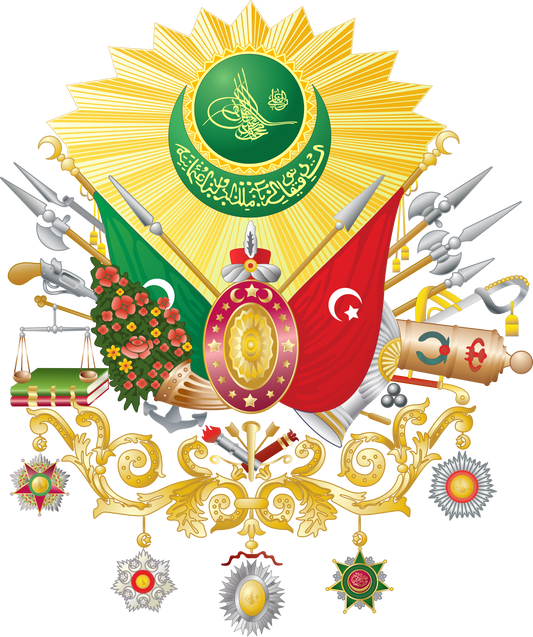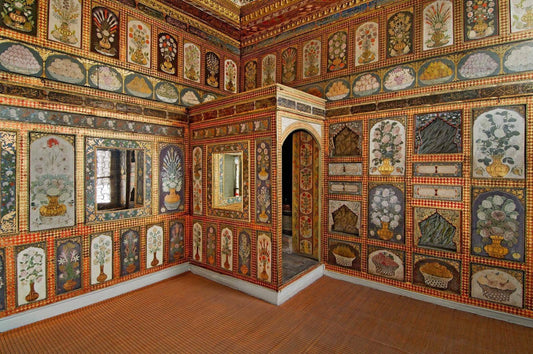In Ottoman ceramics, where red clay is particularly prevalent, single-colored glazed vessels, sometimes with slips, are seen. While green is generally the color, light turquoise or yellow-brown is also sometimes used. This is also evident in tiles. Glazed bricks, a type of Seljuk tradition, were used successfully in the minaret of the Green Mosque in İznik, and excavations at the Orhan Imaret have unearthed hexagonal tiles, some green and others turquoise.
Glazing thick red-paste tiles in a single color was a common practice. This method was also employed in the glazing of glazed bricks, a type of tile. Decorations created with glazed bricks were used in the palaces of Ramses II and III in Ancient Egypt, in Ur and Susa in Mesopotamia, and in Assyria and Babylon in the 12th century BC. These types of glazed wall coverings were also used in Iran during the Achaemenid period and continued into the Parthian period. This type of glazed wall covering, which appears to have disappeared during the Sassanid period, only reappearing in early Islamic art in Samarra, Egypt, and North Africa in the form of wall tiles in various techniques. During the Great Seljuk Period, the most commonly used architectural decoration, primarily in Iran and its surrounding areas, and applied in conjunction with bricks, was also based on the principle of single-colored glazed bricks.
Ceramics aside, the colored glaze technique, used primarily in the early Ottoman period on tiles, has been interpreted by examining the mosaic tile technique, a technique derived from the Seljuks and seen in successful examples in the early Ottoman period, and applying it to a single sheet. Indeed, in some applications of the mosaic technique in Bursa, where white outlines are widely visible on the plaster base, attempts were made to use the pieces adjacent to each other, obscuring the plaster base. Applying colored glazes with distinct contour lines, which do not bleed into each other, to emphasize the curves of the finely curved leaf motifs on a single sheet allowed for a vibrant and colorful interior. The Green Mosque and tomb in Bursa are among the most successful examples of this technique. Sometimes sections separated by scratching, surfaces covered with different colored glazes are separated by indented or raised contours, depending on the method used. The contours applied with thread or sugary substances are fired in the kiln, both creating the contours and preventing the colors from blending. In Spain, this technique, applied using threads, is called the "cuerda secca" technique.
The widespread decoration used on Ottoman wall tiles from the early period onwards was achieved using the underglaze technique. İznik's defining characteristic was its clay, which comprised 80-82% quartz frit and approximately 18-20% binder clay. The vibrant patterns in the underglaze technique, with its excellent expansion coefficient covering the thin, harmonious slip and decoration, embody the character of the period. Applications from Kütahya and Tekfur Palace reveal the inherent differences in the substructure of tile production in local areas far from the center and İznik.
While extracting and preparing the clay from its natural environment is a relatively simple process in pottery, it requires a long process in ceramics and tiles. In fritted clay, a defining characteristic of Ottoman ceramics and tiles, only a small amount of clay binds. The combination of free quartz and silica, which provides a hard and durable foundation, and the expansion of the covering glaze enhance the quality of the tile. ('Treasure of Anatolian Soil: Tile', Belgin Demirsar Arlı and Ara Altun, pp. 15-16)




